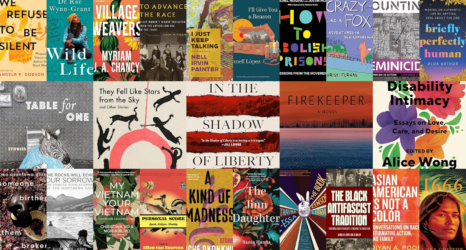On Oct. 29, 2015, the Chinese government announced that it was moving away from the one-child policy it had enacted more than 35 years before. After nearly four decades of mandatory sterilizations, forced abortions, skewed sex ratios, abandoned children and fines for those who violated the family-planning regulations, the policy had worked—too well.
China might still be the world’s most populous nation for now, but it will confront a demographic bomb in the next few decades: a rapidly aging populace; a declining birth rate; and a shrinking labor force. Already, the country’s economy is feeling the effects of this shift, as a smaller supply of laborers demands higher wages, eroding the competitive advantage in manufacturing that helped fuel 25 years of double-digit economic expansion.
The one-child policy was designed, in large part, to facilitate that economic growth; in the late 1970s, Chinese officials deemed that the fastest way for the country to rise out of poverty was to reduce its population. But as Malaysian-born journalist Mei Fong details in her new book, One Child: The Story of China’s Most Radical Experiment, this “crash diet” was a plan designed by military scientists, who built it on faulty data and with little regard for long-term consequences. An immediate fix was their top priority. If an authoritarian state could force people to have fewer children, their reasoning seemed to go, then it could also make them have more children if and when the need arose.
In One Child, Fong explores the many effects that the planned-birth regime had on society. (The name “one-child policy,” while succinct, is not accurate; a panoply of exemptions means that many groups have not been limited to one child, though their procreation is still monitored and constrained.)
Fong’s investigations stretch from birth to death, demonstrating how the policy reverberates across a lifetime. She speaks with officials in the “population police” who are charged with enforcement of the policy, and are armed with tools that range from fines and seizure of property to forced abortions and compulsory sterilization, usually of women. She travels to a “bachelor village,” where the preference for sons (and the availability of sex-selective abortion) has resulted in a generation of young men unable to find wives. And she visits a hospice where elderly patients without large family networks succumb to illness, their only children stretched thin by the competing demands of sick parents, young offspring and work.
Even more heart-wrenching are the shidu, or couples whose only child has died. Given China’s under-developed social-welfare system, the shidu have not only lost their children—they are also without anyone to care for them in old age or serve as their financial guarantors, a fact that makes nursing homes and hospitals reluctant to accept them.
Throughout her travels, Fong also grapples with her own desire to become a parent, complicated by infertility. Her attempt to use this experience as a mirror for those of the Chinese parents she interviews, however, falls short; Fong’s own story appears too infrequently in One Child to serve as a parallel thread.
But Fong excels in telling the personal stories of others, providing the reader with insight into how an Orwellian policy, rarely understood by outsiders, has played out in the lives of over a billion people. Indeed, as she shows, the need for the one-child policy is accepted in China, a country where “Ren tai duo”—there are too many people—is a familiar refrain when boarding a city bus or standing in line at the bank. Through a combination of economic growth and propaganda efforts, the Chinese state has made the one-child policy not just a government mandate handed down from on high, but a procreative choice regarded by many as the most pragmatic option.
The rocket scientists who designed the policy back in the 1970s acted as if “fertility could be dialed up or down, like levers on a machine,” Fong writes, failing to account for human agency. Now that government officials are attempting to dial up fertility, it’s far from clear that couples will make that adjustment.
A loosening of restrictions in 2013 failed to produce the baby boom that family-planning officials anticipated: The high cost of raising a child in China today, especially in cities, means that many parents voluntarily limit their offspring to one.
While the one-child policy was implemented by fiat, it seems likely that walking it back will prove a much greater challenge. And so, Fong says, in the coming years Chinese officials will face a problem that would have been inconceivable to their predecessors in the ’70s: “What happens when the world’s most populous nation has a baby shortage?”
Get Ms. in your inbox! Click here to sign up for the Ms. magazine newsletter.





